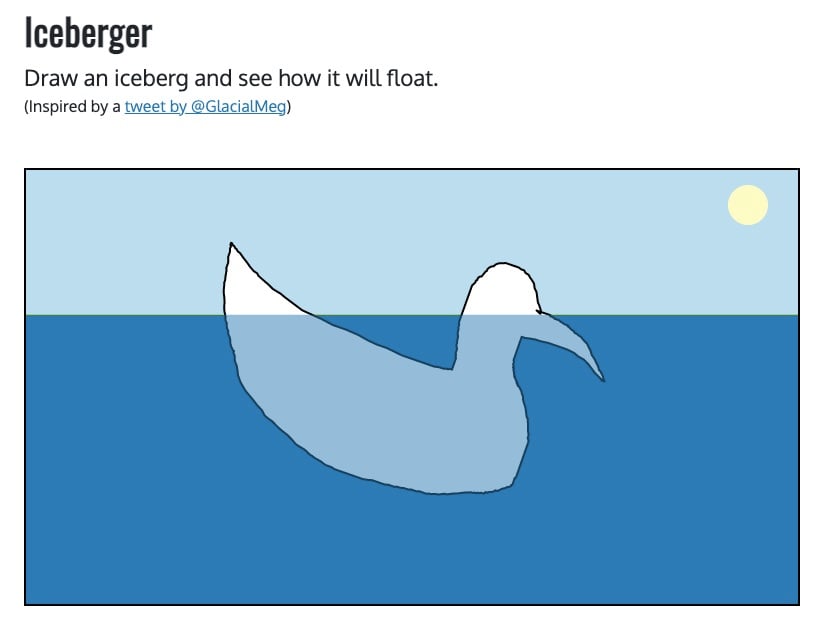Art World
How the ‘Village Voice’ Art Section Became the Subject of Art Itself + 4 Great Essays to Check Out From the Past Month
A round-up of ideas from around the art web.

A round-up of ideas from around the art web.

Ben Davis

Here’s my monthly attempt to crack open the virtual magazine rack, read a bunch, and sift for ideas I think are worth debating or holding on to from the past month. If there’s something I missed that was good, I probably just ran out of time.
Below are five essays (or actually four, plus a podcast) that I think are worth sharing from April 2021.
The Village Voice is back, online and—miraculously—in dead-tree form too, complete with new stuff from gossip columnist Michael Musto, a reconsideration of the legacy of Freddy Got Fingered, and great critic Christian Viveros-Fauné talking to Nan Goldin about where her P.A.I.N. movement is going. The alt-weekly’s long time art hand R.C. Baker returns as editor and here offers a lengthy tour of the highlights of the Voice‘s art pages as they both chronicled culture and became a part of it. Worth the price of admission just for the reminiscence of John Lennon and Yoko Ono’s letter to the editor about a bad review.
Artist and critic Aria Dean coined the term the “black generic” (drawing on François Laruelle’s concept of “generic aesthetics“) as a way to escape the binary between figuration and abstraction, and the dilemmas that it imposes on Black artists. Developing the theme as a critical framework, abreu uses the concept as a lens to look at several recent artists (including Dean herself), showing how it functions as a way to “reject convenience society’s demand for legible aesthetics, trauma trafficking, and fake deep shit.”
A great look at the history of the Workers Film and Photo Club of the 1930s, the debates that swirled within it about the aesthetics of photojournalism, and its surprisingly potent legacy among activist photographers today.
Seth Price wrote the manifesto Dispersion in 2002, an early touchstone of web-inspired aesthetics. Here, MoMA curator Michelle Kuo has a nice back-and-forth with Price over the significance of the NFT craze, teasing out how the trade in “unique” digital contracts both continues conceptual-art strategies and takes us into a new era for digital creativity in general.
Something fun: technically a re-air of a 2018 episode of the 99% Invisible podcast about “Paleoart,” the genre of artworks illustrating what dinosaurs could have looked like, and specifically the genre’s speculative turn in the 2012 “All Yesterdays” movement. Essentially, artists realized that if you reconstructed what present-day animals like elephants and camels looked like from just their bones, you wouldn’t see their signature trunks and humps. So they set out to illustrate all the possible, plausible dinosaurs that could have existed to show how wild and woolly the dinosaur world could really have been.
A new prologue for the “Jurassic Art Redux” ep tackles a more recent case where a scientific phenomenon is being rethought through art: glaciologist Megan Thompson-Munson’s February call for more realistic depictions of icebergs, which led programmer Joshua Tauberer to create Iceberger (illustrated above), a website where you can draw any shape and see how it would manifest above the sea surface as a ‘berg.